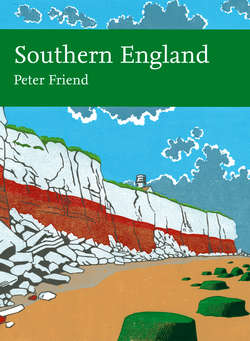Читать книгу Southern England - Peter Friend - Страница 26
HOW CAN LOCAL SURFACE MOVEMENTS BE DETECTED?
ОглавлениеHaving just reviewed some of the processes that cause vertical movements of the Earth’s surface, it is useful to consider the practical difficulties of how such movements are measured.
For present-day applications, it seems natural to regard sea level as a datum against which vertical landscape movements can be measured, as long as we remember to allow for tidal and storm variations. However, much work has demonstrated that global sea level has changed rapidly and frequently through time, due to climate fluctuations affecting the size of the polar icecaps and changing the total amount of liquid water present in the oceans and seas. It has also been shown that plate tectonic movements have an important effect on global sea level by changing the size and shape of ocean basins.
Attempts have been made to develop charts showing how sea level, generalised for the whole world, has varied through time. However, it has proved very difficult to distinguish a worldwide signal from local variations, and the dating of the changes is often too uncertain to allow confident correlation between areas.
In sedimentary basins, successful estimates of vertical movements have been made using the thicknesses of sediment layers accumulating over different time intervals in different depths of water. In areas of mountain building, amounts of vertical uplift have been estimated using certain indicator minerals that show the rates of cooling that rocks have experienced as they were brought up to the surface. However, both these approaches are only really possible in areas that have been subjected to movements of the Earth’s crust that are large and continuous enough to completely dominate other possible sources of error.
Local horizontal movements are also difficult to estimate, although fold and/or fault patterns may allow a simple measure in some cases. Movement of sediment across the Earth’s surface by rivers or sea currents can be estimated if mineral grains in the sediment can be tracked back to the areas from which they have come. In the detailed consideration of landscapes in this book, we have to rely on using the widest possible range of types of evidence, carefully distinguishing the times and scales involved. Even then, we are often left with probable movement suggestions rather than certainties.
